Toyin Falola
A significant portion of the environmental reality we face today was shaped by colonial expansion. Along with losing their political autonomy, areas once under foreign control had a notable restructuring of their land, labor, and natural resources. The development of extractive systems focused on cash crops like rubber and minerals together with other valuable commodities has replaced traditional stewardship practices numerous times. King Leopold II implemented forced labor and massive rubber harvesting in the Congo Basin which destroyed forests and terrorized native communities. Although this occurrence occurred more than a century ago, the basic habit of using natural surroundings for financial gain persists in many other ways. This work identifies potential paths for corrective action, as well as how those ancient patterns continue to influence modern environmental issues, including biodiversity loss and climate change.
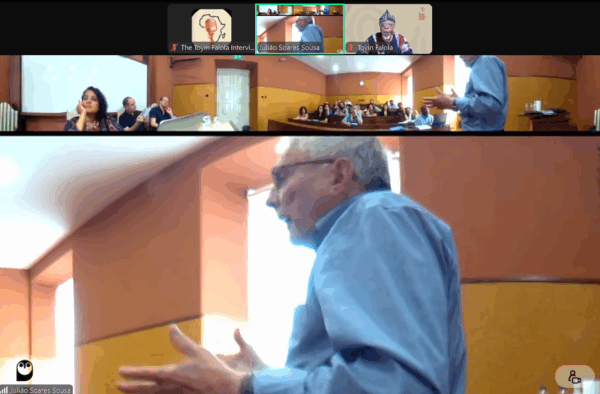
Colonial governments typically viewed natural resources, including rivers, forests, and mineral reserves, as raw materials suitable for the global economy. Local conditions were not particularly significant, as interests outside the area determined the terms of trade and ownership. Once a territory had been occupied, officials sought strategies to increase output for sale to consumers abroad, even if it meant sacrificing the welfare of the people and the environment. Meeting targets for commodities in some areas, including Congo, became increasingly challenging, and penalties for non-performance were severe. Conversely, the millennia-long knowledge of indigenous people about land management was utterly disregarded. Many communities’ cultural links to their natural surroundings were transformed from a source of inspiration into a barrier to “development,” a justification for the destruction of trees and the reconfiguration of water systems to suit cash-crop farms or mining operations.
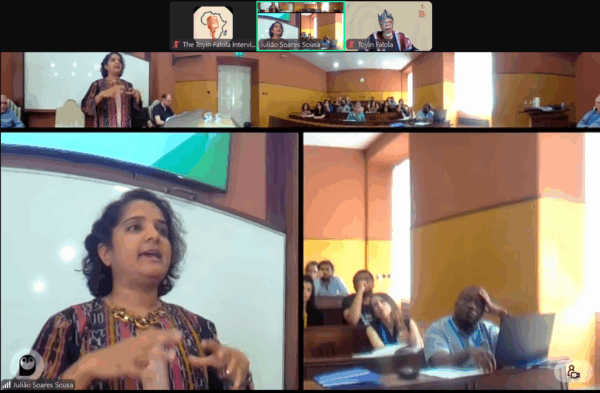
Few influential people were concerned about pollution or deforestation during that era. Moving the highest feasible volume of rubber, timber, or other exports that might be exported came first. Even if these operations were causing ecosystems to lose their capacity for regeneration, it was seen as proof of progress in clearing land or extracting minerals. This worldview helped to shape modern patterns of environmental disruption. Once they gained their independence, newly founded countries found that they were facing problems with colonial-era roots Local economies experienced instability due to mineral-rich areas that lacked substantial deposits, nutrient-depleted agricultural soil, and biodiversity that approached collapse.
The structural results of that age still resound for the following reasons: firms owned by foreign entities still control most of the extraction, rural populations lack the authority to make decisions, and Indigenous people are still excluded. When efforts are taken to boost economic output or quickly increase manufacturing, the justification of colonialism is often reiterated. These initiatives prioritize short-term profit over ecological resilience. Centered on the need for commodities on a worldwide level, policies might inspire countries to dedicate their best lands to grow crops for export, following past practices. In the pursuit of financial gain, cultural traditions, clean rivers, and healthy forests are often deemed less critical.
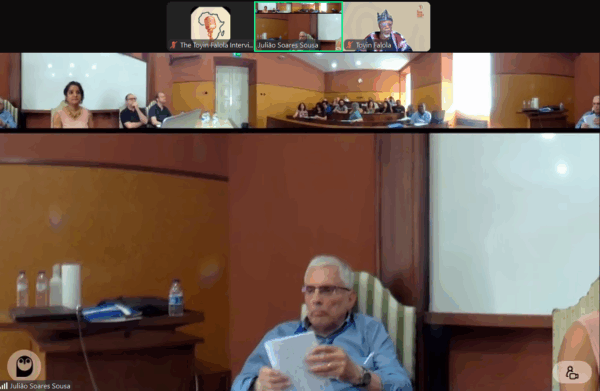
Notwithstanding these obstacles, the public is becoming increasingly aware of the connection between environmental concerns and colonial legacies. The uncovering of records and oral histories by academics, activists, and local leaders challenges the older story—which holds that colonialism was only a financial benefit. New angles of view in historical research help clarify the circular distribution of resources within entire economic systems. Understanding the route forward requires one to acquire this understanding. We are reminded that bad behavior does not occur randomly. Apart from being rooted in legislation and trade ties, they can also be altered through policies that restore land rights, appreciate indigenous knowledge, and promote more equitable sharing of benefits.
Every colonial area of the planet harbored a need for resource extraction. This covered anything from the mountains of Latin America to the Southeast Asian plantations. Indigenous people had already developed sophisticated plans for protecting their habitats and way of life from an early stage. Some Amazonian villages mixed several kinds of crops in methods that improved the soil, limited the spread of pests, and kept the health of the woods. Large-scale agriculture, based on one or two lucrative exports by colonial powers, who were persuaded of their superiority and hence believed themselves to be better than other countries, superseded these balanced systems. Clear-cutting for plantations not only eliminated carbon-absorbing forests but also drove nearby people onto smaller areas of land, where they sometimes lost the capacity to pass on their knowledge to the next generation.
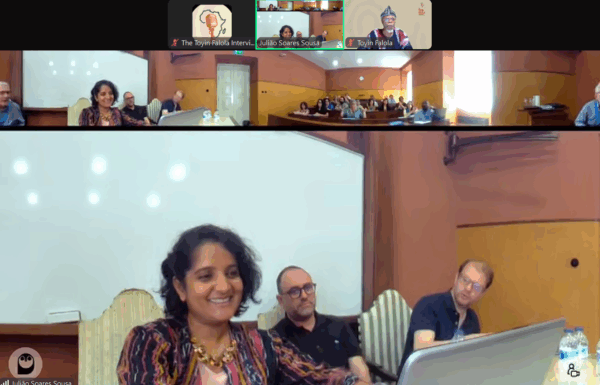
Similar dynamics began to emerge elsewhere. Aboriginal people once utilized controlled fires in Australia to help reduce fuel accumulation and promote fresh growth. This approach stopped the rampant wildfires that are now typical. Colonial officials eventually banned such burns, labeling them as dangerous or useless. Rooted in the belief that European techniques were the only ones that worked, that change had long-term effects: dense undergrowth developed, and flames grew hotter and more damaging. The larger point was that, although local customs appeared outdated, they provided preventive actions to control environmental risks.
Officials passed laws during the height of imperial rule, allowing them to claim large areas of agricultural, forest, or mineral-rich terrain as either royal or private property. Previously guiding activities such as water management, hunting, and fishing, these age-old customs have become obsolete. The environmental issues we currently face come from this completely apathetic attitude. Many of the former colonies were still unable to diversify their economies generations later, as they were unable to export basic minerals. Environmental management tends to be inadequate when earnings are low, and local people usually rely on temporary projects managed by foreign companies. Temporary fixes in response to the continuous cycle of oil spills, forest cutting, and river contamination are being used instead of institutional protections.

Resistance to this pattern has always existed historically. While the government worked to eliminate indigenous knowledge, specific communities were able to keep cultural ties to their land utilizing covert strategies. That nonviolent disobedience developed over time into organized campaigns for land rights, community-led conservation initiatives, and the rehabilitation of ecologically conscious practices. The increasing awareness that everyone suffers from the rapid depletion of resources is driving greater visibility of these actions at present. Still, the challenge is great. Countries forced to specialize in rubber, sugar, or metals are laden with debt and obligations created a very long time ago. Although they now formally have autonomy over their territory, the corporate alliances that have existed since colonial control still require extensive sales of resources abroad.
Removing these conditions would mean a significant restructuring of the way trade, property rights, and political power function, thereby explaining why these conditions persist. It would also mean an honest confrontation with the way whole areas were reduced to just raw material suppliers. Honoring the cultural connections people have with their landscapes, restoring Indigenous practices wherever feasible, and enacting laws that prioritize healthy ecosystems over short-term benefits are some of the projects leading to a different path forward.

Environmental conflict of great scope can be traced back to rigid corporate structures enforced by outside authorities. Many nations that had once been colonies were reorganizing whole industries to provide raw goods—including sugar, rubber, minerals, and other exports—to markets abroad. This focus on bulk extraction left little room for local businesses or long-term plans to rebuild damaged soil, re-plant trees, and protect streams. Recently, independent young countries found themselves in a challenging position: they had inherited infrastructure and debt that was not fit for striking a balance between environmental health and economic aspirations. Often, the beneficiaries of favorable trade treaties were large companies that extracted resources from the ground with minimal oversight. Many places where one or two main exports have grown to be the sole source of significant foreign income now abound. This has lessened the possibility of diversity and caused trends set a long time ago to be repeated.
Many times, groups directly affected by these events found that their grievances were dismissed. While eroding farms, destroying jungles, and contaminating rivers degraded the local community’s well-being, corporate profit took center stage. Despite the laws being passed, enforcement was sluggish. Whether they were created by the same logic or inherited from businesses that were active during the colonial era, global corporations seized the opportunity to maintain minimal operating expenses. Local people were on the receiving end of the hidden costs associated with deforestation, toxic runoff, and oil spills during this period. This mindset is reminiscent of an older viewpoint that presented nature as an endless source of wealth rather than as a living organism that needs space to recover.

Conversely, the knowledge still retained by local cultures has sometimes been labeled as being outdated. While the traditional wisdom of land rotation, water conservation, and species diversity tends to be relegated to the sidelines, officials and representatives of companies often urge the adoption of scientific processes that benefit production goals. Farmers and pastoralists throughout Africa, Asia, and the Americas have periodically succeeded in preserving traditional customs despite pressure to conform. Over particular areas, they developed alliances with educational institutions and environmental groups recognizing the value of community-based methods. These alliances demonstrated that, with smaller-scale, carefully controlled methods, it is feasible to save local ecosystems in a way much more successful than large-scale industrial projects.
Additionally, racialized hierarchies have helped to determine who suffers the most negatively from the results. Toxic factories, mines, and waste sites were not unusual to be found in the backyards of provinces or towns lacking political clout to stop this from happening. In both urban and rural districts with inadequate infrastructure, competition with these developments proved challenging. These trends were related to the broader legacy of colonial power, which categorized people based on arbitrary criteria and granted rights to some while denying others fundamental services. Those divides are evident in environmental decisions long after independence has been achieved, as some people still lack the power to speak out or defend their resources.
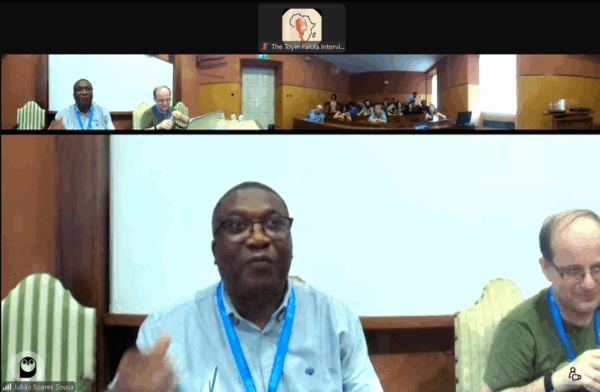
The previous few decades have seen a continuous drive to reinterpret this past. Researchers and community leaders have searched personal stories, oral histories, and local archives to reveal different perspectives on how land was used and how people responded to being forcibly removed from their homes. This emphasis on memory broadens the view of how communities can solve environmental issues, thereby transcending the focus on the pressures of global markets. It also questions the assumption that larger mines or farms always reflect greater technological advancements. Including Indigenous points of view helps many campaigners argue that land stewardship should prioritize stability over the volume of products generated.
An increasing number of areas worldwide are gathering momentum in their efforts to address long-standing disparities and promote more sustainable living. Several leaders have proposed returning certain areas of land to the indigenous people who had overseen their care for a considerable period before colonists arrived. Some people advocate for cooperative governance that recognizes and respects the expertise of indigenous people and provides means for it to guide major conservation initiatives. The power systems that must be changed to accommodate these ideas are the ones that have always favored the big players and neglected the smaller holdings. The increasing popularity of such strategies suggests a shift away from the notion that business models and external technologies must always prevail. This is so even if powerful interests usually oppose such ideas.

Including traditional knowledge in national policies and international organizations still presents a significant challenge. Local organizers and elderly members of Indigenous groups have been tenacious in their pursuit of official seating at environmental councils and climate conferences. From their perspective, sustainability cannot be achieved by relying solely on technological fixes. Apart from this, it depends on human relations with the environment, which have evolved over millennia and can be observed through ceremonies, oral narratives, and group monitoring. It is only by including such concepts in official channels that one can prevent repeating the same extractive activities under another guise.
Some analysts advocate for economic changes that would reduce the reliance on main exports and promote value-added manufacturing in the areas that provide raw materials. This approach aims to free local communities from the continuous burden of meeting the needs of the outside world, thereby offering them the opportunity to invest in agricultural diversification, reforestation, and soil restoration. If governments tax polluting businesses and provide incentives for more environmentally friendly behavior, they can progressively guide their nations toward a better balance. These technologies, however, must be paired with open supervision if they are to truly assist those most directly impacted by the degradation of the surroundings.

Public education also plays a crucial role. Through a school curriculum that addresses colonial exploitation and its ecological consequences, a new generation with a fresh perspective on the present situation can be developed. Younger people who learn about the strategies used to pollute rivers or destroy forests may wonder why these approaches are still employed. To achieve their objectives, they could explore ways to protect biodiversity while also managing livelihoods. Encouragement of such openness helps societies to loosen their hold on the historical presumptions that economic success always equates with increasing resource exploitation.
The initiatives currently under development could help mend not only the degraded environments but also the torn social ties resulting from long-standing equity issues. Some communities are experimenting with mixed-crop farming, which reduces pesticide usage and boosts local food security; others are attempting to restore wetlands that were once used for miles around to filter water. These initiatives not only clean the surroundings but also enable individuals to re-establish their ancestral links to land resources and river basins. When everything is said and done, this mix of cultural revitalization and pragmatic innovation has a better chance of enduring than initiatives developed by far-off offices and are all meant to be globally relevant.
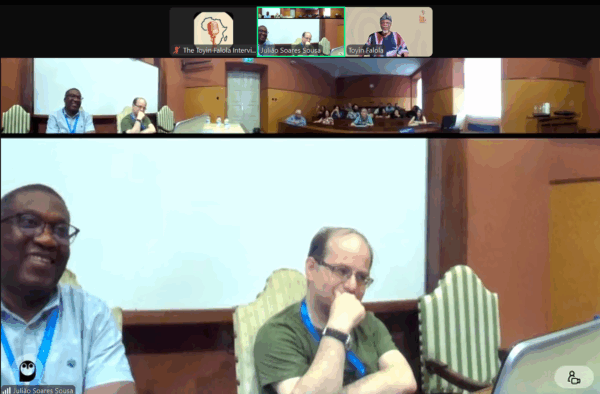
These events show that the negative consequences of colonial-era resource grabs are not merely background information for a historical record. Modern government, business, and the daily lives of millions of people worldwide are still influenced by them. Acknowledging the truth gives us the chance to eliminate harmful habits ingrained in both policy and behavior. Simultaneously, it demonstrates how a commitment to equality, humility, and cultural respect can foster an environment where the resilience of nature and human well-being can coexist and thrive.
This is an excerpt of a Keynote Address, International Colloquium on Colonialism, Colonial Legacy and Environmental Crisis: History and Memory, Universidade de Coimbra, Portugal, May 28-29, 2025. I am grateful to the organizer, Julião Soares Sousa, for his kind invitation and generosity.
